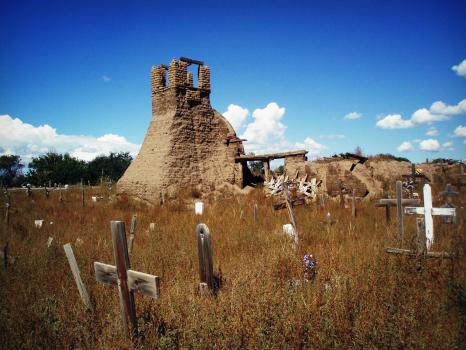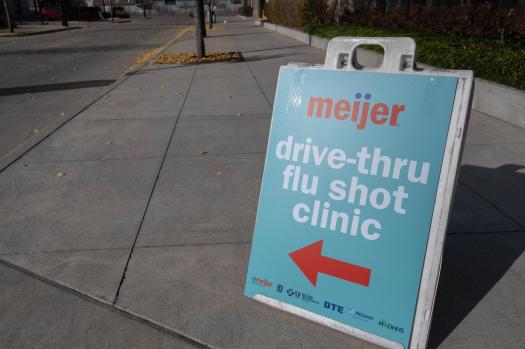From the Los Angeles Times, by Marcos Maga
Los Angeles According to a recent, ground-breaking study published in the Journal of the American Medical Association, official U.S. data significantly understate the differences in mortality and life expectancy among Native Americans.
Related Articles
-
States can cut off Medicaid funding to Planned Parenthood, the Supreme Court rules
-
Kennedy says US is pulling funding from global vaccine group Gavi
-
FDA requires updated warning about rare heart risk with COVID shots
-
Kennedy s new vaccine panel alarms pediatricians with inquiries into long-settled questions
-
Long-lasting insulin takes another step forward with latest clinical trial results
The Boston University School of Public Health sponsored the study, which offers strong proof of a significant disparity between official and actual data on the health outcomes of American Indian and Alaska Native (AI/AN) populations in the United States.
The Mortality Disparities in American Communities project, which is unique in its methodology, monitors mortality outcomes over time among self-identified AI/AN individuals in a nationally representative sample.
By comparing official death certificates from the Centers for Disease Control and Prevention’s National Vital Statistics System from 2008 to 2019 with data from the U.S. Census Bureau’s 2008 American Community Survey, the researchers discovered that the life expectancy of AI/AN populations was 6.5 years shorter than the national average. After comparing this to information from the CDC’s WONDER database, they discovered that their statistics were almost three times higher than the CDC’s stated disparity.
According to the study, people who identify as AI/AN have a life expectancy of only 72.7 years, which is similar to that of people in developing nations.
Additionally, the researchers discovered frequent misclassification based on race. According to the study, the CDC WONDER database misclassified 41% of AI/AN deaths, primarily misrecording them as White. Official statistics were severely distorted by these systematic misclassifications, which showed AI/AN mortality rates to be just 5% higher than the national norm. The researchers discovered that the true rate was 42% higher than first reported after correcting the data to reflect those misclassifications.
According to Nanette Star, director of strategy and planning at the California Consortium for Urban Indian Health, the problem of racial misclassification is nothing new to us. According to Star, the use of general terms like “Indigenous” by politicians and journalists instead of the more specific terms “American Indian” and “Alaska Native” can mask the distinct needs, histories, and political identities of AI/AN communities and help to erase them from public discourse and data. “That’s the word we use, erasure,” she added, adding that it truly causes our health data to be invisible.
Racial misclassification in public records is a problem that affects AI/AN people at every stage of their lives, from birth to early childhood interventions to chronic illness and death. According to Star, Native people in California—particularly in urban areas like Los Angeles—are commonly mistakenly classified as Latino or multiracial, which significantly skews public health statistics and obscures the severity of health inequities. According to Star, it truly obscures the extent of health inequalities and early mortality in our communities.
Furthermore, Star claimed that health inequities are made worse by a lack of reliable data. She stated that it is truly a matter of justice and public health. You cannot receive money for these interventions or even preventative steps if you do not have the numbers to support the targeted response.
The largest AI/AN population in the US is found in California, according to U.S. Census data. It therefore has a special chance to take the lead in resolving these structural problems in the country. California may prioritize accurate and collaborative public health data collection and reporting because of its large metropolitan AI/AN populations and several federally and state-recognized tribes.
Star pointed out that present inaccuracies frequently result from a lack of training rather than being intentionally harmful. She recommended that California establish focused training programs for those responsible for documenting this information, such as coroners, funeral directors, physicians, and law enforcement officers; set aside funds specifically to increase the precision of racial classification on vital records; and fortify ties with tribal leaders.
Similar strategies are recommended by the study’s authors, and there are many successful instances of Indigenous-led health partnerships that have been observed in the US and Canada and have contributed to the reduction of health disparities among AI/AN communities that might serve as a model.
These initiatives would guarantee that AI/AN populations obtain fair access to health resources and policy attention, in addition to assisting in the correction of previous errors.
According to Star, misclassifying AI/AN people as alive or dead distorts public health data and exacerbates already existing disparities. Making ensuring our communities are seen and served, recognizing lives, and holding systems accountable are all made possible by accurate statistics.
Los Angeles Times, 2025. Check it out at latimes.com. Tribune Content Agency, LLC is the distributor.












